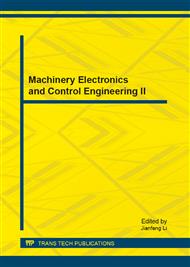p.990
p.995
p.999
p.1003
p.1008
p.1012
p.1017
p.1021
p.1025
Satisfaction Evaluation Model of Bus Rapid Transits Service
Abstract:
In this paper, based on the customer satisfaction theory [ of social and experimental psychology, Satisfaction measuring model of bus rapid transits service was established by using the measure and economic method, and the pilot study for the reliability and validity of the model was implemented in Jinan city. The aim of establishing satisfaction measuring model is to provide references for the decision makers on improving service level of operated bus rapid transit.
Info:
Periodical:
Pages:
1008-1011
Citation:
Online since:
March 2013
Authors:
Keywords:
Price:
Сopyright:
© 2013 Trans Tech Publications Ltd. All Rights Reserved
Share:
Citation:


